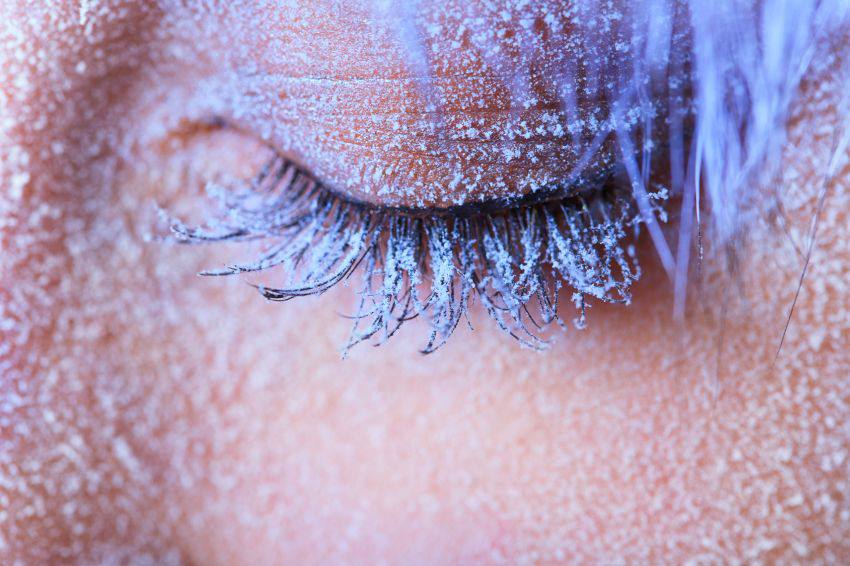Why our customers prefer Blue Cross
- Option of getting insured without a medical exam
- Excellent rates
- Pioneer in the field of health insurance with over 80 years of experience
- Friendly service from experienced agents who can answer your questions and assist you when needed
- Coverage that can be customized to meet your specific needs
- Discounts and savings with our one-of-a-kind Blue Advantage program

How to prevent and treat frostbite
Published on: November 6, 2014
Frostbite is the condition that occurs when specific areas of the skin or other tissues become damaged as a result of freezing. Frostbite can happen quickly, which is why you need to put on your hat and mittens when the temperature starts to dip, not only to stay warm, but to protect yourself against frostbite.
About frostbite
Frostbite can occur when individuals are exposed to cold temperatures for a prolonged period of time. You are at risk when the temperature reaches 0°C or below.
The areas most commonly affected are the outer extremities, such as the fingers, toes, nose and ears. The severity and impact of frostbite depends on the length of exposure to the cold, but if you notice numbness occurs in the hands, feet or other body parts, it’s time to get out of the cold. Other signs of frostbite include skin that’s hardened or appears waxy, and in more severe cases, skin will start to look purplish or blackened, which means the tissue has started to decay.
Tips to help prevent frostbite
Frostbite is easily preventable. Here are some common sense tips to keep warm and stay safe when going out in the cold:
- Limit your time outdoors: Always be conscious of the forecast and pay particular attention to the wind chill – many people overlook the impact of wind chill. During extremely cold or windy days, you could develop frostbite in only a matter of minutes. Plan exposure to the outdoors based on the temperature.
- Wear mittens or gloves, and a hat: Mittens or gloves, and winter hats protect extremities that are most prone to frostbite exposure.
- Dress in layers: Always dress in warm, windproof and waterproof clothing to protect your body from the cold, wind and moisture. If your clothes get wet, change out of them right away, especially gloves, mittens and hats.
- Double up on socks: Doubling up on socks in combination with winter footwear will help to protect your feet from cold and damp conditions.
- Keep moving: The more active you are in the cold, the better your blood will flow, which will help you to keep warm.
- Eat a good meal and stay hydrated: Eating a good meal and staying hydrated will help you stay warm. If you get cold, drink a warm beverage to maintain your body heat.
Treating frostbite
If you believe you might have frostbite, make sure to take the proper precautions. Gradual warming of the affected area is important, so get out of the cold immediately. If you can’t get out of the cold right away, protect the affected area from exposure until you can get indoors.
Remove wet clothing and avoid rubbing the impacted area. Rewarm the affected area gradually, but avoid exposing skin to high heat. As you warm up, if your skin turns red and you feel tingling or burning, it’s a good sign and means that blood is returning to the area. Take an over-the-counter pain medication to reduce inflammation if necessary.
If pain and numbness does not go away after warming, seek medical attention immediately. It could be a sign of severe frostbite, and it’s important to see a doctor to assess the degree of tissue damage and get proper treatment. Some severe cases of frostbite may require skin removal, surgery and even amputation.
Frostbite is easy to get, but it’s also easy to prevent. Dress warmly and protect yourself this winter!